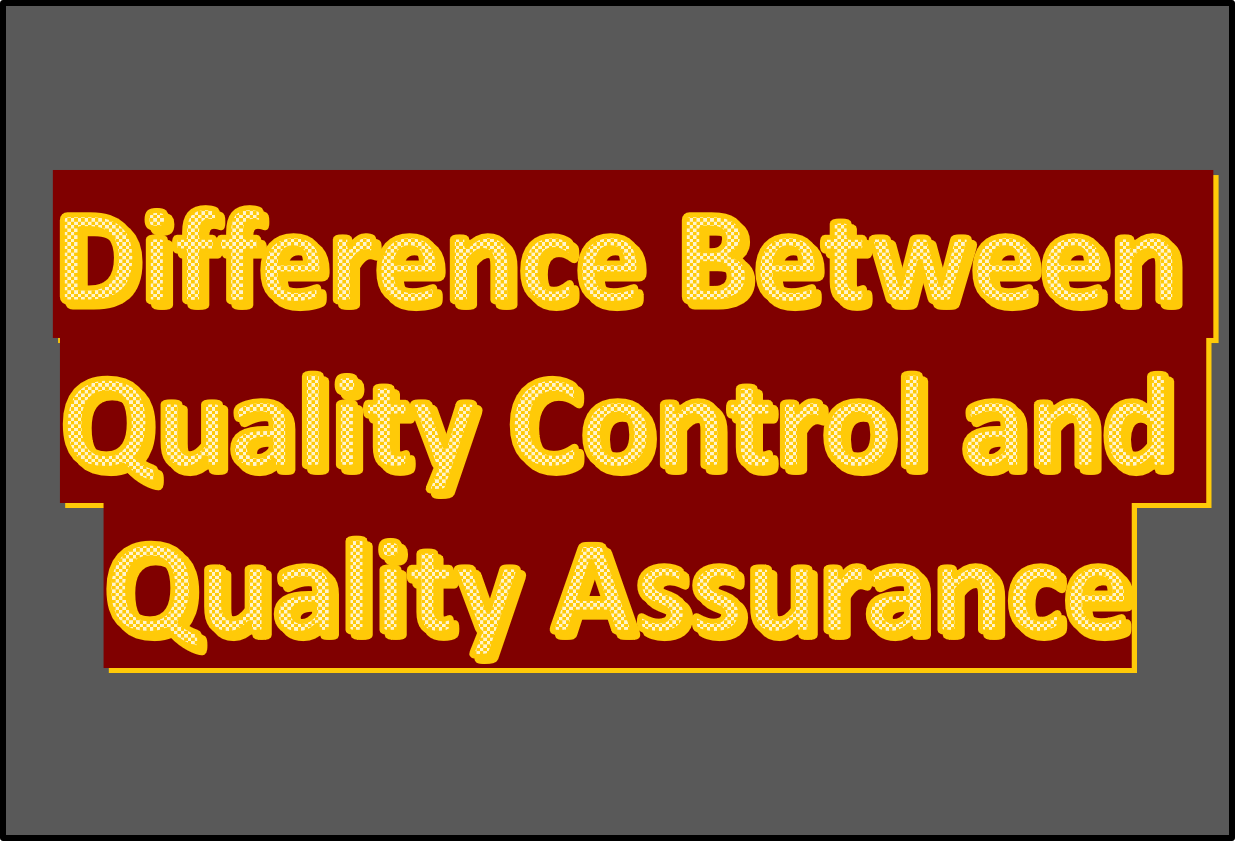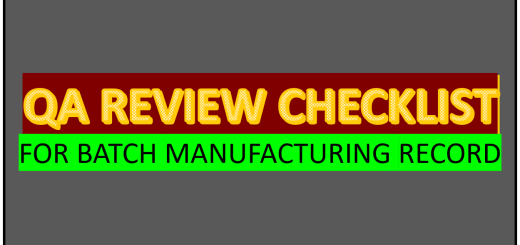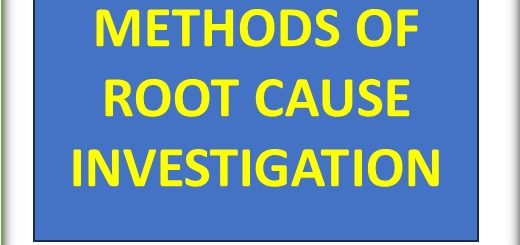Quality Control and Quality Assurance

This article contains information on difference between Quality control and Quality Assurance, Its roles and responsibilities.
Difference Between Quality Control and Quality Assurance :
What is mean by Quality Control and and its Roles and Responsibilities :
Definition :
Quality Control (QC) in the pharmaceutical industry which ensures pharmaceutical products meet established quality standards and specifications through inspection, testing, and monitoring through systematic activities conducted in Quality control laboratory. in short Its main objective is to verify product quality and safety.
Roles and Responsibilities of Quality Control In pharmaceutical industry :
- Compliance with Specifications: QC aims to ensure that pharmaceutical products and materials meet the predetermined quality specifications and standards. This involves inspecting and testing raw materials , packaging materials, and finished products as per standard testing procedures (STP) to verify their quality attributes such as identity, purity, potency, and physical characteristics.
- Raw Material Testing : QC performs Raw material testing i.e. API/Excipient/Packing materials to verify that received raw material meets the required predefined specifications for identity, purity, potency, stability, and other quality attributes which are required to manufacture the final product.
- In-process and Finished Product Testing: QC conducts in-process testing at various stages of manufacturing to ensure that products are meeting quality standards throughout the production cycle. Additionally, QC performs final product testing to verify that the finished product meets the required specifications for identity, purity, potency, stability, and other quality attributes.
- Investigation of Non-Conformances: QC investigates any out-of-specification results, deviations, or non-conformances observed during testing processes. This objective involves identifying the root cause of non-conformances, conducting thorough investigations, and implementing corrective and preventive actions (CAPAs) to rectify the issues and prevent their recurrence.
- Calibration and Maintenance of Equipment: QC ensures that equipment used for testing and quality control purposes is properly calibrated, maintained, and validated. This objective includes establishing calibration schedules, performing regular maintenance activities, and ensuring that equipment is fit for its intended purpose.
- Documentation and Record Keeping: QC maintains comprehensive and accurate documentation of all testing activities, results, and related records. This objective ensures traceability and provides evidence of compliance with quality standards, regulatory requirements, and internal procedures. Proper record keeping is essential for audits, inspections, and overall quality management.
- Collaboration with Other Departments: QC collaborates with other departments, such as Research and Development (R&D), Manufacturing, and Regulatory Affairs, to ensure effective communication and alignment of quality objectives. This collaboration helps in implementing quality improvements, addressing product-related issues, and facilitating the timely release of high-quality products.
Summary :
Quality Control in the pharmaceutical industry involve ensuring compliance with specifications, Performing, monitoring and controlling testing activities of Raw material, Inprocess materials and Finished products. Investigating non-conformances, maintaining equipment, documenting activities, and collaborating with other departments. By fulfilling these objectives, QC helps in maintaining product quality, identifying and resolving quality issues, and ensures pharmaceutical Product/Material is safe and effective to further use.
What is mean by Quality Assurance and and its Roles and Responsibilities :
Definition :
Quality Assurance (QA) in the pharmaceutical industry refers to the comprehensive activities undertaken to establish and maintain systems, policies, and procedures which ensures consistent product quality and compliance with regulatory requirements. Its main objective is to ensure the Quality safety, and effectiveness of pharmaceutical products throughout the manufacturing process till dispatch to the market.
Roles and Responsibilities of Quality Assurance In Pharmaceutical Industry :
- Establish and Maintain Quality Systems: QA aims to develop and maintain robust quality management systems that comply with regulatory requirements and industry standards. This involves creating and implementing policies, procedures, and guidelines to ensure consistent product quality.
- Compliance with Regulations: QA ensures that pharmaceutical products and processes adhere to applicable regulatory requirements. It involves understanding and interpreting regulations, guidelines and standard operating procedures (SOPs) related to quality and ensuring their implementation throughout the organization.
- Risk Management: QA identifies potential risks and implements strategies to mitigate them. This involves assessing risks associated with product quality, safety, efficacy, and regulatory compliance. QA also promotes the use of risk-based approaches in decision-making processes to minimize risks throughout the product lifecycle.
- Auditing and Inspections: QA conducts internal and external audits and inspections to assess compliance with quality standards, Good Manufacturing Practices (GMP), and regulatory requirements. This objective involves planning and executing audits of internal systems, suppliers, and contract manufacturers to identify areas for improvement and ensure adherence to quality standards.
- Training and Personnel Development: QA provides training and education to personnel involved in manufacturing, testing, and quality control to enhance their understanding of quality principles, regulations, and best practices. This objective ensures that employees have the necessary knowledge and skills to carry out their roles effectively and contribute to maintaining product quality.
- Continuous Improvement: QA encourage a culture of continuous improvement by monitoring and evaluating processes, systems, and performance metrics. It involves analyzing data, identifying trends, and implementing corrective and preventive actions to address non-compliance, deviations, and quality issues. The objective is to continuously enhance product quality and operational efficiency.
- Product Release: QA is responsible for ensuring the timely release of safe and effective pharmaceutical products to the market. This objective involves reviewing and approving batch records, testing results, and other relevant documentation to confirm product quality and compliance before releasing it for distribution.
Summary :
Overall the primary objectives of Quality Assurance in the pharmaceutical industry are to establish and maintain robust quality systems, ensure regulatory compliance, manage risks, promote continuous improvement, and ensure the release of Qualitative, safe and effective products to the market.



